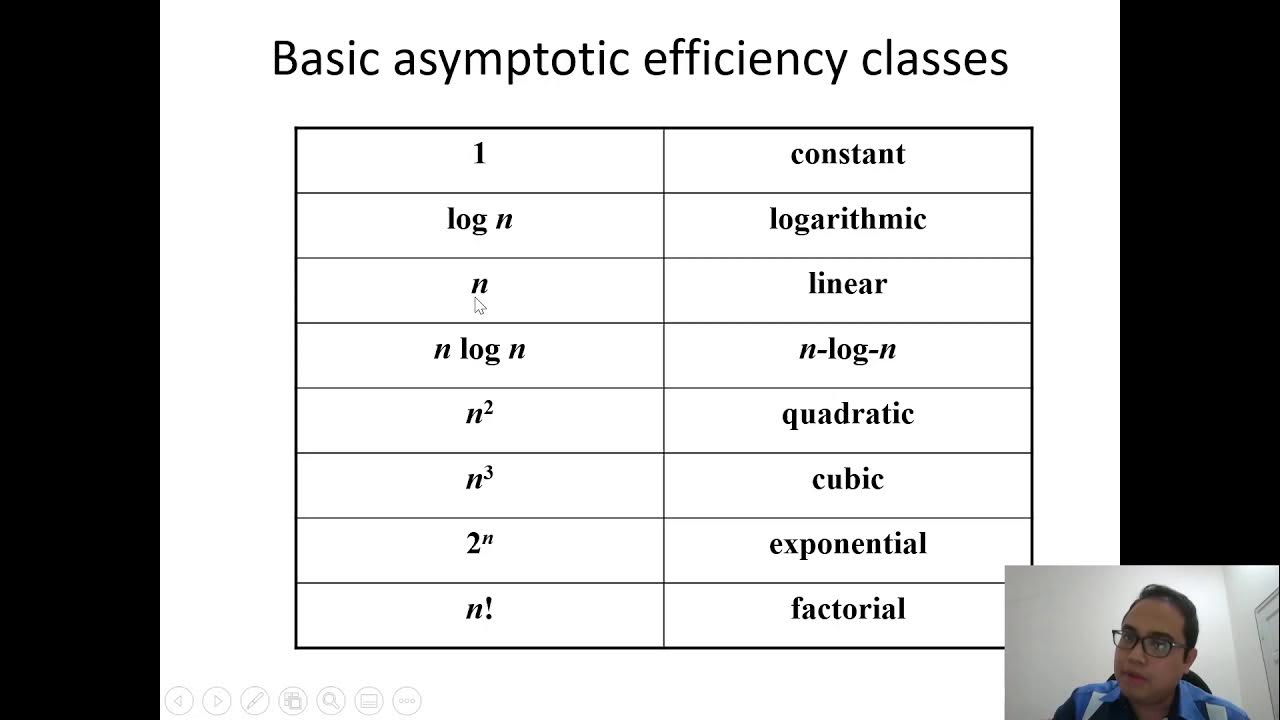IGCSE Computer Science 2023-25 - Topic 7: Video 2 - Computer Systems, Subsystems and Decomposition
Summary
TLDRThis video tutorial focuses on algorithm design and problem-solving in computer science, particularly for IGCSE students. It emphasizes understanding computer systems as subsystems and breaking down problems into manageable parts. The video introduces top-down design, using examples like car navigation and making tea to explain concepts. It covers structured diagrams, flowcharts, and pseudocode as methods to demonstrate solutions, detailing their components like terminators, process symbols, and decision boxes. The tutorial also outlines the importance of decomposing problems into inputs, processes, outputs, and storage.
Takeaways
- 💻 **Computer Systems are Subsystems**: Every computer system is made up of subsystems, which can be further broken down into more subsystems.
- 🔍 **Decomposition of Problems**: Understanding a problem involves breaking it down into its component parts to simplify the solution process.
- 🚗 **Example of a Car**: A car is used as an example to illustrate how a complex system can be decomposed into subsystems like steering, braking, and entertainment systems.
- 🌐 **Top-Down Design**: The concept of top-down design is introduced, starting with a high-level view and breaking down into more detailed tasks.
- 📱 **Apps and Subsystems**: Apps on smartphones are mentioned as examples of subsystems that interact with larger computer systems.
- 📊 **Structure Diagrams**: Structure diagrams, flowcharts, and pseudocode are mentioned as tools to demonstrate the construction and operation of computer systems.
- 📝 **Flowcharts**: Flowcharts are explained as a way to visualize the steps and order required to complete tasks within a system.
- 🔑 **Decomposed Problem Example**: The script provides a detailed example of making a cup of tea to illustrate the process of breaking down a task.
- 🔑 **Components of a Computer System**: The script outlines the components of a computer system as input, process, output, and storage.
- 🛠️ **Methods for Demonstrating Solutions**: Structured diagrams, flowcharts, and pseudocode are emphasized as essential methods for IGCSE computer science students to learn and use.
- 🔑 **Pseudocode**: Pseudocode is described as a simplified way to represent algorithms using English keywords, without strict programming language syntax.
Q & A
What is the main focus of the video?
-The main focus of the video is to explain the concept of computer systems being made up of subsystems and how understanding these subsystems can help in problem-solving and designing algorithms.
How are computer systems described in the video?
-Computer systems are described as being composed of software, data, hardware, communications, and people, with each system further divisible into subsystems until each performs a single action.
What is the significance of breaking down a computer system into subsystems?
-Breaking down a computer system into subsystems allows for a better understanding of the system's structure and function, and it aids in the design and construction of solutions to problems.
What is an example of a subsystem given in the video?
-An example of a subsystem given in the video is a car's navigation system, which can be further broken down into inputs (destinations) and outputs (directions).
What is the term for the process of breaking down a problem into smaller parts?
-The process of breaking down a problem into smaller parts is referred to as 'decomposition'.
What is the top-down design approach mentioned in the video?
-The top-down design approach is a method where a complex problem is broken down into smaller, more manageable sub-problems or tasks, starting from a broader perspective and gradually getting into details.
How does the video illustrate the concept of inputs, processors, outputs, and feedback?
-The video uses the example of a car's subsystems to illustrate inputs (e.g., destination input for navigation), processors (e.g., computer-controlled steering), outputs (e.g., directions on a map), and feedback (e.g., updates on the route).
What is the purpose of structure diagrams in the context of computer systems?
-Structure diagrams are used to demonstrate the construction of a system by showing how it is divided into subsystems, helping to understand how a computer system is built up and how it works.
What is the role of pseudocode in demonstrating a solution to a problem?
-Pseudocode is a simplified representation of an algorithm using English-like statements. It helps to demonstrate a solution to a problem by outlining the steps without being bound by the strict syntax of a programming language.
What are the different methods used to demonstrate a solution to a problem as discussed in the video?
-The video discusses using structured diagrams, flowcharts, and pseudocode as methods to demonstrate a solution to a problem.
How is the alarm clock example used to explain the decomposition of a problem?
-The alarm clock example is used to show how a problem can be broken down into inputs (time and alarm time), processes (checking if the current time matches the alarm time), outputs (sounding the alarm), and storage (storing and managing alarm times).
Outlines

此内容仅限付费用户访问。 请升级后访问。
立即升级Mindmap

此内容仅限付费用户访问。 请升级后访问。
立即升级Keywords

此内容仅限付费用户访问。 请升级后访问。
立即升级Highlights

此内容仅限付费用户访问。 请升级后访问。
立即升级Transcripts

此内容仅限付费用户访问。 请升级后访问。
立即升级浏览更多相关视频

CSC645 - Chapter 1 (Continued) - Fundamentals of Algorithm Analysis

Introduction to Discrete Mathematics

IGCSE Computer Science 2023-25 - Topic 7: Video 1 - Algorithm Design & Problem-Solving: Life Cycle

Berpikir Komputasional (Computational Thinking) - Informatika SMK Kelas 10

How anyone can use computer science principles to solve everyday problems | Rameez Virji | TEDxYYC

Berpikir Komputasional
5.0 / 5 (0 votes)
